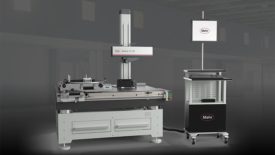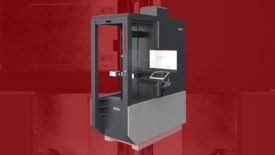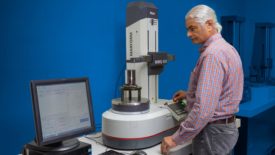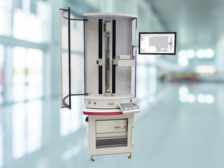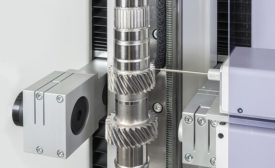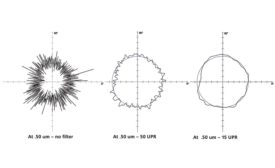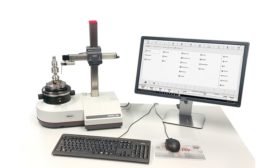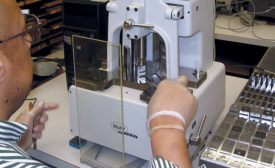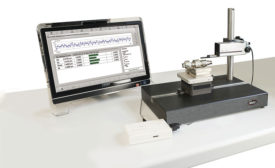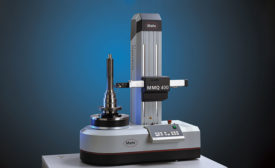Articles by Patrick Nugent
Automation has numerous benefits for surface finish measurement.
Read More
Test & Inspection
Is it Possible to Measure Shaft, Form and Gear with an All-In-One Machine?
Do more with less — minimizing downtime for production workpiece measurements.
May 30, 2022
Test & Inspection
Not All Calibrations are Created Equal
Why ensuring quality calibration of your precision measurement equipment is critical.
December 6, 2021
Quality 101
How to Choose the Best Shaft Measurement Tool for your Specific Application
There are Three Primary Options Available Today for Shaft Measurement: Optical, Tactile, and a Combination System
June 7, 2021
Shaft Measurement: What is the Best Tool for the Job?
Shaft measurement can be performed with a variety of metrology tools, from handheld devices to high-end coordinate measuring machines.
November 1, 2019
Form Measurement: Back to Basics
Understanding common problems in the measurement of form.
September 1, 2018
Form Measurement: Making it Easy
Understanding these issues may help you advance your process, or at least, make things less difficult.
October 17, 2017
Calibration: What You Need to Know
Calibration, certification and accreditation are terms that are sometimes used interchangeably, but they are actually not the same.
November 1, 2016
The Next Quantum Leap in Form Measurement
Industry is rapidly shifting towards micron level tolerance requirements.
March 1, 2016
Stay in the know with Quality’s comprehensive coverage of
the manufacturing and metrology industries.
eNewsletter | Website | eMagazine
JOIN TODAY!Copyright ©2025. All Rights Reserved BNP Media.
Design, CMS, Hosting & Web Development :: ePublishing
